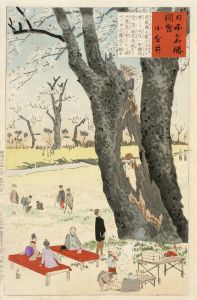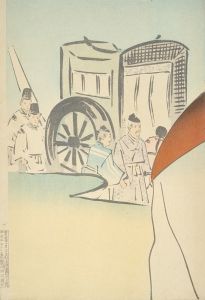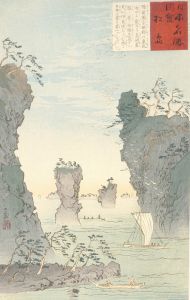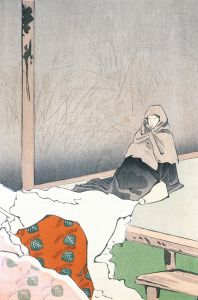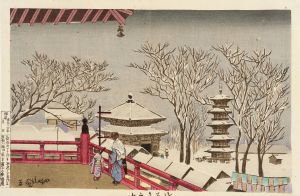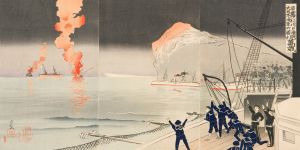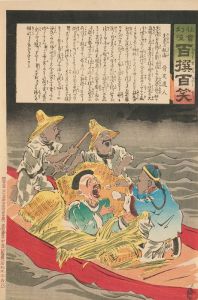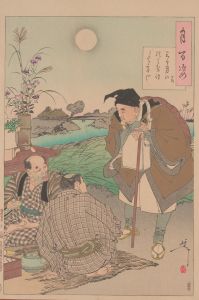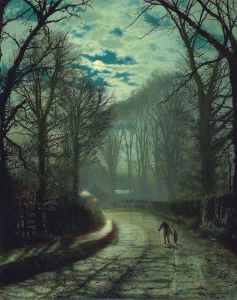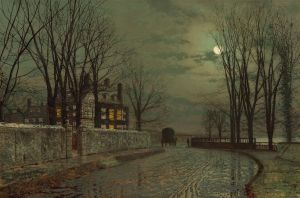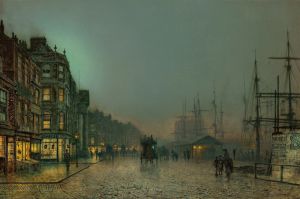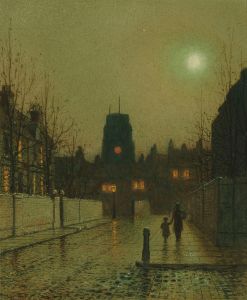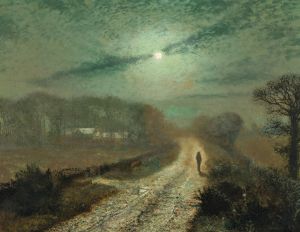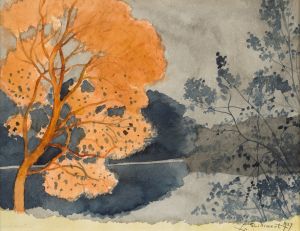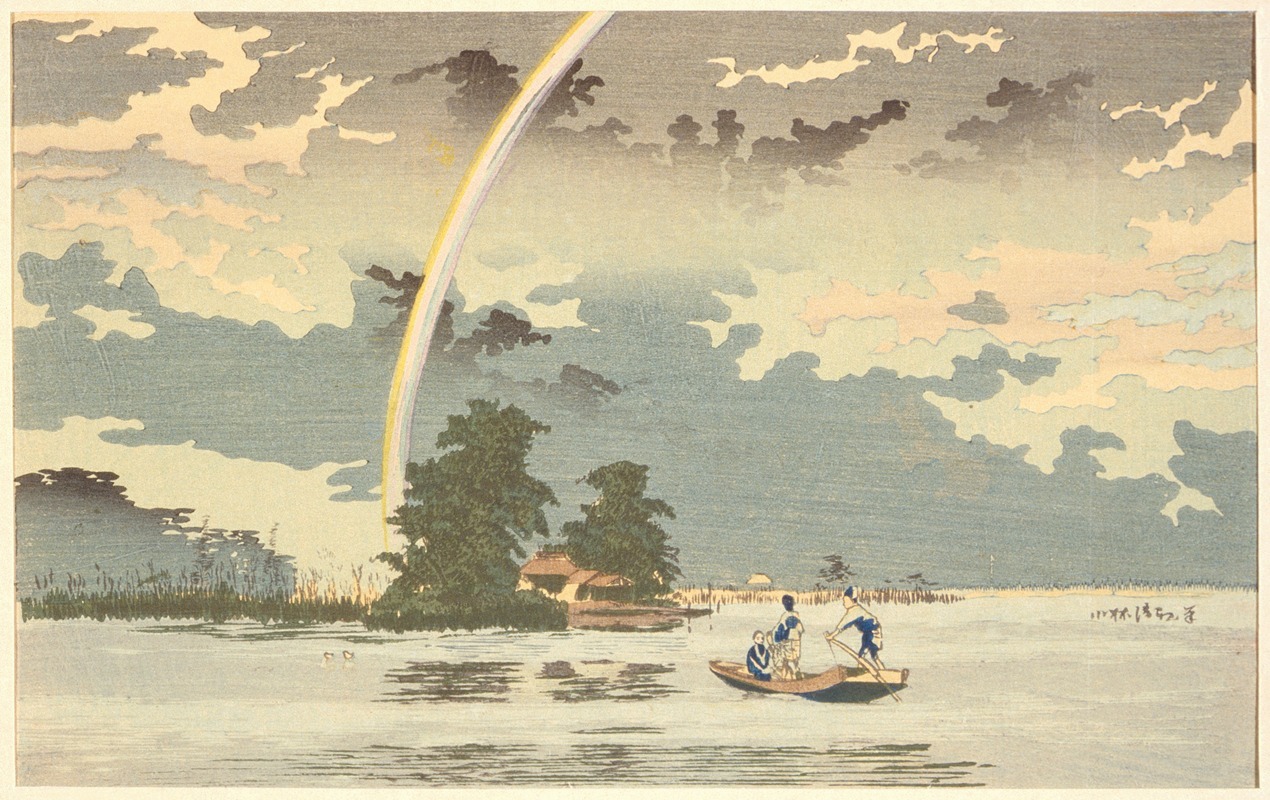
View at dusk, Hashiba, Tokyo
A hand-painted replica of Kobayashi Kiyochika’s masterpiece View at dusk, Hashiba, Tokyo, meticulously crafted by professional artists to capture the true essence of the original. Each piece is created with museum-quality canvas and rare mineral pigments, carefully painted by experienced artists with delicate brushstrokes and rich, layered colors to perfectly recreate the texture of the original artwork. Unlike machine-printed reproductions, this hand-painted version brings the painting to life, infused with the artist’s emotions and skill in every stroke. Whether for personal collection or home decoration, it instantly elevates the artistic atmosphere of any space.
Kobayashi Kiyochika (1847–1915) was a Japanese artist known for his ukiyo-e woodblock prints and his innovative approach to capturing the effects of light and shadow. His works often depicted scenes of Tokyo during the Meiji period, a time of rapid modernization and transformation in Japan. One of his notable prints, View at Dusk, Hashiba, Tokyo (Japanese: 夕暮れの東京橋場), exemplifies his unique style and focus on atmospheric effects.
Created in the late 19th century, this print is part of Kiyochika's broader series of works that document the changing urban landscape of Tokyo. The scene portrays the Hashiba area of Tokyo at dusk, with a serene and contemplative atmosphere. Kiyochika's use of light and shadow, influenced by Western artistic techniques such as chiaroscuro, is evident in the subtle gradations of tone that capture the fading light of the evening. This approach was relatively novel in the context of traditional Japanese woodblock printing, which often emphasized bold lines and flat colors.
The composition of View at Dusk, Hashiba, Tokyo reflects Kiyochika's interest in both the natural and man-made elements of the city. The print features a quiet riverside setting, with a bridge and distant buildings silhouetted against the dimming sky. The tranquil water and the soft glow of the horizon create a mood of quiet introspection, contrasting with the bustling energy often associated with urban life. This juxtaposition of modernity and tradition is a recurring theme in Kiyochika's work, as he sought to document the coexistence of old and new during a period of profound societal change.
Kiyochika's artistic career began relatively late in life, following the death of his father and the collapse of the Tokugawa shogunate. He initially studied Western-style painting before turning to ukiyo-e, where he developed a distinctive style that blended traditional Japanese techniques with Western influences. His works are often categorized as "Kiyochika-style prints" due to their unique aesthetic, which diverged from the more colorful and decorative ukiyo-e of earlier periods.
View at Dusk, Hashiba, Tokyo is a testament to Kiyochika's ability to capture the ephemeral beauty of a specific moment in time. The print not only serves as a visual record of a particular location but also conveys the artist's sensitivity to the changing light and atmosphere. Today, Kiyochika's works are celebrated for their historical and artistic significance, offering a window into the Meiji-era transformation of Japan and the evolving art of woodblock printing.
This print, like many of Kiyochika's works, is held in high regard by collectors and scholars of Japanese art. It is preserved in various museum collections around the world, where it continues to be studied and appreciated for its technical mastery and evocative imagery.





